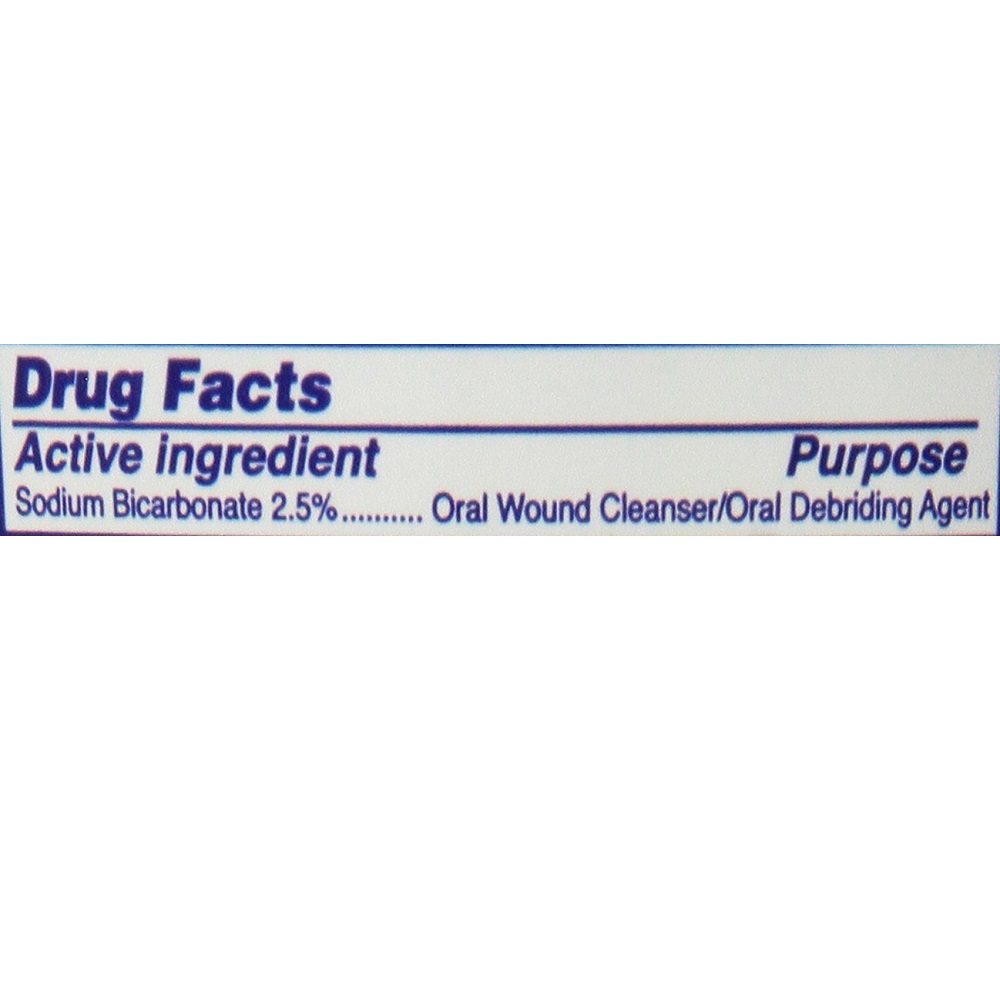| Sodium Bicarbonate | Sodium bicarbonate(IUPAC name: sodium hydrogen carbonate) is a chemical compound with the formula NaHCO3. |
|---|
| Glycerin | Glycerin is what is called a humectant. Glycerin helps maintain the skin’s water balance on an intercellular level. Glycerin in lotions or other skin care products can help prevent or combat dry skin. |
|---|
| Polysorbate-20 | Polysorbate 20 is used in cosmetics and skin care products as a surfactant |
|---|
| Cinnamomum Cassia Oil | Cinnamon bark is used for gastrointestinal (GI) upset, diarrhea, and gas. |
|---|
| Cinnamomum Zeylanicum Leaf Oil | Cinnamon bark is used for gastrointestinal (GI) upset, diarrhea, and gas. |
|---|
| Witch hazel distillate | Extracts from Witch Hazel (Hamamelis virginiana), as well as green tea (Camellia sinensis), the fern Polypodium leucotomos and others contain antioxidant polyphenolic compounds that may protect the skin from sunburn and photo-aging when administered topically or systemically[6]. |
|---|
| Stevia rebaudiana (stevia) extract | As stevia is intensely sweet and an extract, it typically requires only a fifth of the land and much less water to provide the same amount of sweetness as other mainstream sweeteners. For example, in Kenya, stevia is typically grown on only a third of the land, with the rest of the land being devoted to other crops. |
|---|
| Aloe Barbadensis Gel | Aloe Barbadensis leaf juice can soothe skin and serve as an anti-inflammatory. It can be efficiently used topically, because of its burn healing effects, scar reducing and wounds healing properties. |
|---|
| Citrus Paridisi Seed Extract | Grapefruit seed extract is taken by mouth for bacterial, viral, and fungal infections including yeast infections. |
|---|
| Ubiquinone (CoQ10) | When applied topically, Ubiquinone is thought to penetrate the skin easily, and reduce free radical damage via its antioxidant properties. |
|---|
| Echinacea purpurea (echinacea) extract | Echinacea is widely used to fight infections, especially the common cold and other upper respiratory infections. Some people take echinacea at the first sign of a cold, hoping they will be able to keep the cold from developing. Other people take echinacea after cold symptoms have started, hoping they can make symptoms less severe. The people who use echinacea to treat symptoms have the right idea. Research to date shows that echinacea probably modestly reduces cold symptoms, but it’s not clear whether it helps prevent colds from developing. |
|---|
| Hydrastis Canadensis Extract | Hydrastis is used to treat any array of health conditions, especially those related to the mucus membranes. |
|---|
| Melaleuca alternifolia (tea tree) oil | The indigenous Bundjalung people of eastern Australia use “tea trees” as a traditional medicine by inhaling the oils from the crushed leaves to treat coughs and colds. They also sprinkle leaves on wounds, after which a poultice is applied. In addition, tea tree leaves are soaked to make an infusion to treat sore throats or skin ailments. |
|---|
| Anethole | Anethole is an organic compound that is widely used as a flavoring substance. |
|---|
| Pelargonium graveolens (geranium) oil | The aromatic scent of rose geranium plant is used as relaxant, sedative and anti-depressant in aroma therapy. It is used to relieve tension, anxiety, nervousness, stress and fatigue. |
|---|
| Mentha piperita (peppermint) oil | Peppermint has a wide variety of health and medicinal uses. It is used to help treat the common cold, to calm inflammations and to soothe digestive problems. |
|---|
| Menthol | “Menthol” is an organic compound made synthetically or obtained from cornmint, peppermint or other mint oils. It is a waxy, crystalline substance, clear or white in color, which is solid at room temperature and melts slightly above. |
|---|
| Citrus Aurantium Dulcis Oil | Sweet Orange is packed full of Vitamin C which helps aid and boost the immune system, and help the body fight of virus and infection. |
|---|
| Citrus medica limonum (lemon) oil | The health benefits of lemons are due to its many nourishing elements like vitamin C, vitamin B, phosphorous, proteins, and carbohydrates. Lemon is a fruit that contains flavonoids, which are composites that contain antioxidant and cancer fighting properties. |
|---|
| Illicium verum (anise) oil | There are chemicals in anise that may have estrogen-like effects. Chemicals in anise may also act as insecticides. |
|---|
| Citrus bergamia (bergamot) oil | Because Bergamot oil has powerful antibacterial, analgesic, antiseptic, anti-inflammatory, antispasmodic, and soothing effects, it can be used in the treatment of depression, stress, tension, fear, hysteria, infection (all types including skin), anorexia, psoriasis, eczema and general convalescence. |
|---|
| Ocimum Basilicum Oil | Basil contains many chemicals. These chemicals might help get rid of intestinal worms. Basil is a good source of vitamin C, calcium, magnesium, potassium, and iron. |
|---|
| Foeniculum vulgare (fennel) oil | Fennel is used for various digestive problems including heartburn, intestinal gas,bloating, loss of appetite, and colic in infants. It is also used for upper respiratory tract infections, coughs, bronchitis, cholera, backache, bedwetting, and visual problems. |
|---|
| Rosmarinus Officinalis Oil | Rosemary is used topically (applied to the skin) for preventing and treating baldness; and treating circulation problems, toothache, eczema, and joint or muscle pain such as myalgia, sciatica, and intercostal neuralgia. |
|---|
| Sulfated castor oil | In cosmetics and personal care products, Castor Oil and related ingredients are used in the formulation of many different cosmetic and personal care products including lipstick, skin-care products, and bath soaps. |
|---|
| Lavender Oil | Helps prevent hair loss. Lavender is used for restlessness, insomnia, nervousness, and depression. |
|---|





Reviews
There are no reviews yet.